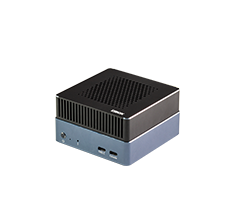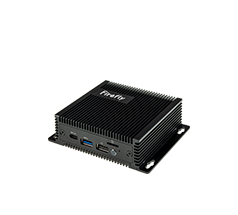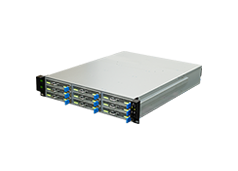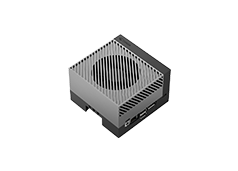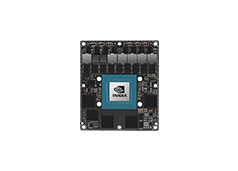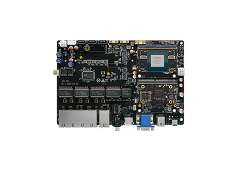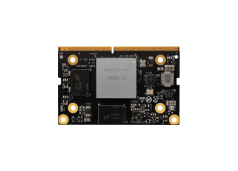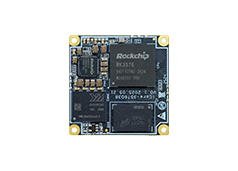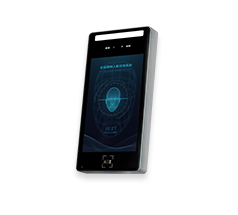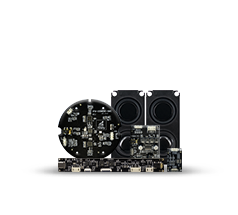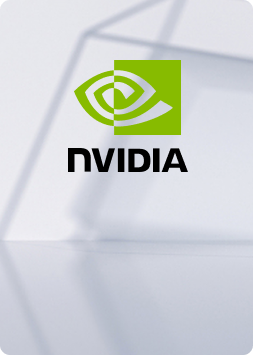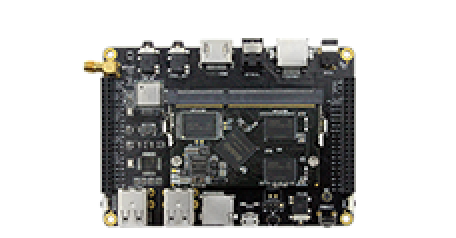ADC
Update time:2018-04-17 Views:3304
Introduction
There's a SAR ADC (Successive Approximation Register Analog Digital Converter) in Firefly-RK3128 development, with three 10 bits channels (0/1/2):
ADCIN0: exported in the extension board
ADCIN1: use as Recovery key detection internally
ADCIN2: exported in the extension board
This article will introduce how to configure the ADC to work properly.
Configure DTS Node
The DTS device node of the ADC is already defined in file kernel/arch/arm/boot/dts/rk312x.dtsi:
adc: adc@2006c000 {compatible = "rockchip,saradc";reg = <0x2006c000 0x100>;interrupts = <GIC_SPI 17 IRQ_TYPE_LEVEL_HIGH>;#io-channel-cells = <1>;io-channel-ranges;rockchip,adc-vref = <1800>;clock-frequency = <1000000>;clocks = <&clk_saradc>, <&clk_gates7 14>;clock-names = "saradc", "pclk_saradc";status = "disabled";};You need to add a new node to rk3128-fireprime.dts, with status set to "okay":
&adc {status = "okay";adc_test {status = "okay";compatible = "rk-adc-test";io-channels = <&adc 0>;};};New test node adc_test is added above, for later use of the test code below.
Source code of ADC driver is drivers/iio/adc/rockchip_adc.c
Get ADC channel
struct iio_channel *chan;chan = iio_channel_get(&pdev->dev, "adc0");
adc0 is the channel name, which is defined in rockchip_adc.c:
static const struct iio_chan_spec rk_adc_iio_channels[] = {ADC_CHANNEL(0, "adc0"),ADC_CHANNEL(1, "adc1"),ADC_CHANNEL(2, "adc2"),ADC_CHANNEL(6, "adc6"),};Read Raw Data
int val, ret;ret = iio_read_channel_raw(chan, &val);
Call iio_read_channel_raw to read the raw data from the channel and store the result in val parameter.
Convert the Raw Data to Voltage
Use the standard voltage to convert the raw data to the result voltage. The equation is shown as below:
Vref / (2^n-1) = Vresult / raw
Note:
Vref is the standard voltage
n is the AD conversion accuracy, such as 10 bits or 12 bits.
Vresult is the conversion result of the voltage.
raw is the raw data read from function iio_read_channel_raw.
For example, the standard voltage is 1.8V, n is 10 bits, raw data is 568. The conversion expression is:
Vresult = (1800mv * 568) / 1023;
Full Test Code
Here is the full list of ADC test code:
#include <linux/module.h>#include <linux/err.h>#include <linux/platform_device.h>#include <linux/types.h>#include <linux/adc.h>#include <linux/string.h>#include <linux/iio/iio.h>#include <linux/iio/machine.h>#include <linux/iio/driver.h>#include <linux/iio/consumer.h> struct iio_channel *adc_test_channel; static ssize_t show_measure(struct device *dev, struct device_attribute *attr, char *buf){int val, ret;size_t count = 0;
ret = iio_read_channel_raw(adc_test_channel, &val);if (ret < 0) {count += sprintf(&buf[count], "read channel() error: %d\n", ret);} else {count += sprintf(&buf[count], "read channel(): %d\n", val);}return count;} static struct device_attribute measure_attr =__ATTR(measure, S_IRUGO, show_measure, NULL); static int rk_adc_test_probe(struct platform_device *pdev){struct iio_channel *channels;channels = iio_channel_get_all(&pdev->dev);if (IS_ERR(channels)) {pr_err("get adc channels fails\n");goto err;}
adc_test_channel = &channels[0]; if (device_create_file(&pdev->dev, &measure_attr)) {pr_err("device create file failed\n");goto err;}
err:return -1;} static int rk_adc_test_remove(struct platform_device *pdev){device_remove_file(&pdev->dev, &measure_attr);iio_channel_release(adc_test_channel);adc_test_channel = NULL;return 0;} static const struct of_device_id rk_adc_test_match[] = {{ .compatible = "rk-adc-test" },{},};
MODULE_DEVICE_TABLE(of, rk_adc_test_match); static struct platform_driver rk_adc_test_driver = {.probe = rk_adc_test_probe,.remove = rk_adc_test_remove,.driver = {.name = "rk-adc-test",.owner = THIS_MODULE,.of_match_table = rk_adc_test_match,}};
module_platform_driver(rk_adc_test_driver);Save the source code above as drivers/iio/adc/rockchip-adc-test.c , and append the following line to drivers/iio/adc/Makefile :
obj-$(CONFIG_ROCKCHIP_ADC) += rk_adc_test.o
Compile and flash the kernel.img and resource.img. When the board boots, enter the following command to read the ADC0 channel value:
while true; do cat /sys/devices/2006c000.adc/adc_test.*/measure; sleep 1; done
Note that, this demo uses iio_channel_get_all instead of use iio_channel_get to get ADC channel. It reads the channel list declared by io-channels property, and take the first one:
struct iio_channel *channels;channels = iio_channel_get_all(&pdev->dev);if (IS_ERR(channels)) {pr_err("get adc channels fails\n");goto err;}
adc_test_channel = &channels[0];ADC API
/** * iio_channel_get() - get description of all that is needed to access channel. * @dev: Pointer to consumer device. Device name must match * the name of the device as provided in the iio_map * with which the desired provider to consumer mapping * was registered. * @consumer_channel: Unique name to identify the channel on the consumer * side. This typically describes the channels use within * the consumer. E.g. 'battery_voltage' */struct iio_channel *iio_channel_get(struct device *dev, const char *consumer_channel);
/** * iio_channel_release() - release channels obtained via iio_channel_get * @chan: The channel to be released. */void iio_channel_release(struct iio_channel *chan);
/** * iio_read_channel_raw() - read from a given channel * @chan: The channel being queried. * @val: Value read back. * * Note raw reads from iio channels are in adc counts and hence * scale will need to be applied if standard units required. */int iio_read_channel_raw(struct iio_channel *chan, int *val);



